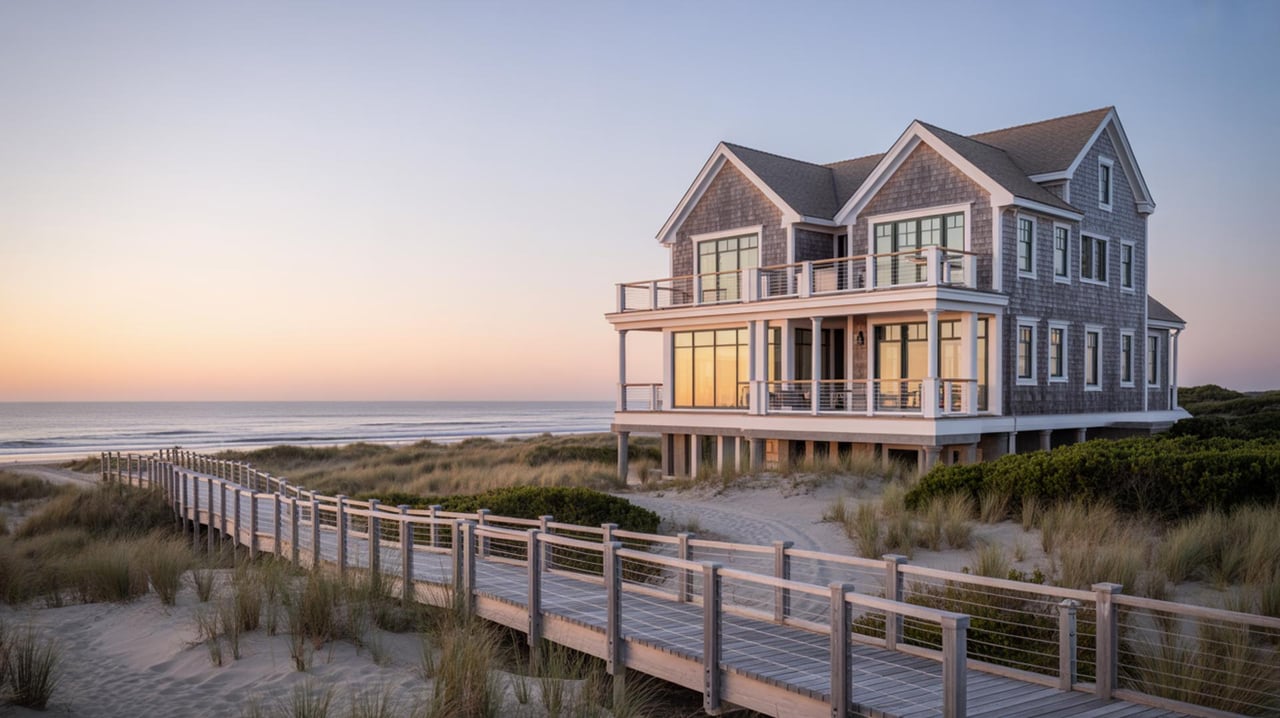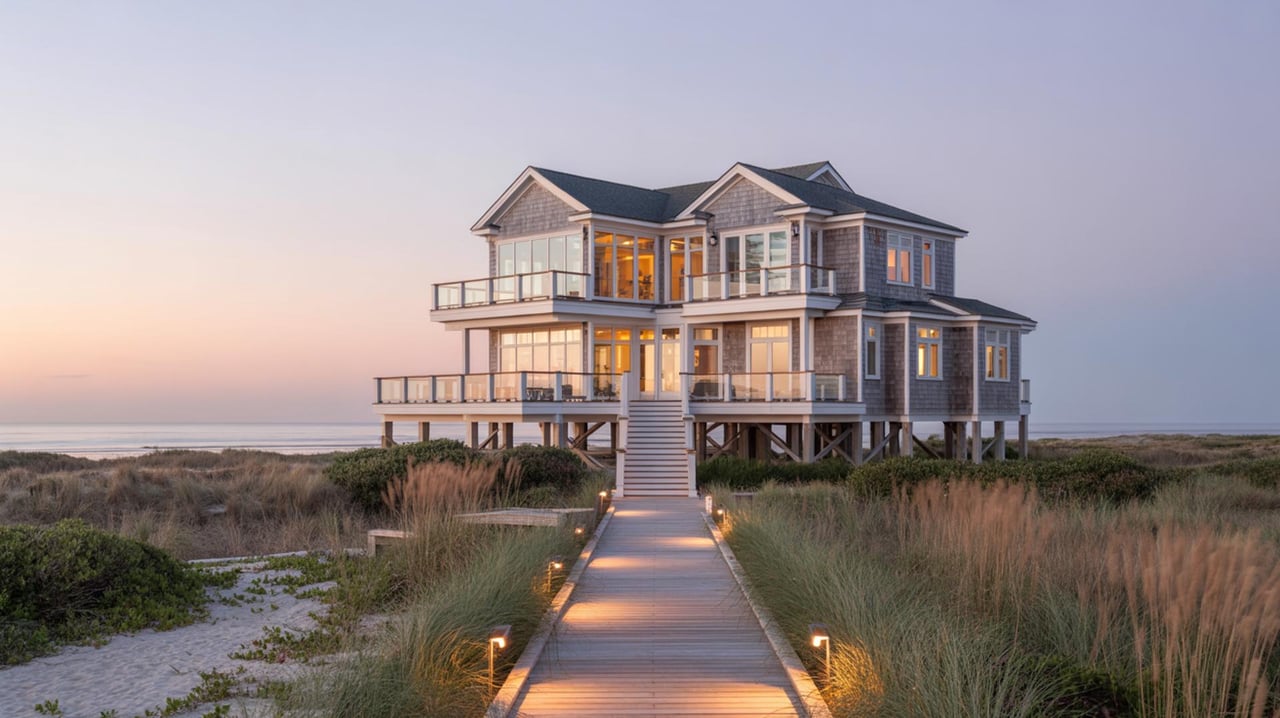Owning a home is often hailed as a significant milestone, symbolizing stability, investment, and personal achievement. However, with homeownership comes a range of responsibilities, one of the most critical being safeguarding your property against unforeseen events. This is where homeowners insurance steps in. For many, understanding the intricacies of homeowners insurance can be daunting. This beginner's guide aims to demystify what homeowners insurance covers, ensuring you make informed decisions to protect your valuable asset.
The Basics of Homeowners Insurance
At its core, homeowners insurance is a form of property insurance designed to cover losses and damages to an individual's residence, along with furnishings and other assets within the home. Additionally, it provides liability coverage against accidents in the home or on the property.
Most mortgage lenders require borrowers to have homeowners insurance as a condition of the loan. Even if it's not mandated, having this insurance is a prudent choice to shield yourself from potential financial hardships arising from property damage or liability claims.
Understanding the Components of Coverage
Homeowners insurance policies typically encompass several key components, each addressing different aspects of protection. Here's a breakdown of the primary coverages:
Dwelling Coverage
This component protects the structure of your home, including walls, roof, floors, and built-in appliances, against covered perils. If your home is damaged or destroyed by events like fire, hail, or vandalism, dwelling coverage assists in repair or rebuilding costs.
It's crucial to ensure that your dwelling coverage is sufficient to rebuild your home entirely in the event of a total loss. This amount might differ from the market value of your home, focusing instead on reconstruction costs.
Other Structures Coverage
Beyond the main residence, this coverage extends to structures detached from your home, such as garages, sheds, fences, and guest houses. Typically, other structures coverage amounts to about 10% of your dwelling coverage, but this can be adjusted based on your specific needs.
Personal Property Coverage
Your belongings, from furniture and electronics to clothing and jewelry, fall under personal property coverage. If these items are stolen or damaged by covered events, this part of your policy compensates for their repair or replacement.
It's advisable to take a home inventory, documenting your possessions and their values. This ensures adequate coverage and simplifies the claims process. Note that certain high-value items might have coverage limits, necessitating additional endorsements or riders.
Loss of Use (Additional Living Expenses) Coverage
If your home becomes uninhabitable due to a covered peril, loss of use coverage assists with additional living expenses. This can include costs for temporary housing, meals, and other necessary expenses incurred while your home is being repaired or rebuilt.
Personal Liability Coverage
Accidents can happen, and if someone is injured on your property or you inadvertently cause damage to someone else's property, personal liability coverage comes into play. It covers legal fees, medical bills, and potential settlements or judgments up to the policy limits.
Medical Payments Coverage
Separate from liability coverage, this component pays for minor medical expenses if a guest is injured on your property, regardless of fault. It's designed to address smaller claims and prevent potential lawsuits.
Perils Typically Covered by Homeowners Insurance
Understanding what events or "perils" your policy covers is essential. While specifics can vary based on the policy type and insurer, standard homeowners insurance generally covers:
- Fire and Smoke: Damage resulting from accidental fires or smoke.
- Lightning Strikes: Direct damage from lightning or resultant fires.
- Windstorms and Hail: Including hurricanes and tornadoes, though some areas prone to these events might have exclusions or require additional endorsements.
- Explosions: From gas leaks or other accidental causes.
- Vandalism and Theft: Damage from malicious acts or stolen property.
- Damage from Vehicles or Aircraft: If a car crashes into your home or debris from an aircraft causes damage.
- Falling Objects: Such as tree limbs or other items.
- Weight of Ice, Snow, or Sleet: Leading to roof collapses or structural damage.
- Water Damage from Plumbing: Sudden and accidental discharge from plumbing systems, though gradual leaks might not be covered.
It's vital to read your policy thoroughly to understand covered perils, as assumptions can lead to unpleasant surprises during claims.
Common Exclusions and the Need for Additional Coverage
While homeowners insurance offers broad protection, certain events are commonly excluded:
Floods
Standard homeowners insurance does not cover flood damage. Homeowners in flood-prone areas should consider purchasing separate flood insurance, often available through the National Flood Insurance Program (NFIP) or private insurers.
Wind/Hail and Wind Driven Rain
In coastal areas, standard homeowners insurance does not cover for wind and hail or wind driven rain. Homeowners in coastal areas will most likely need an additional policy for such events. Most insurers in coastal areas offer such policies. These policies are typically higher in cost than your standard homeowners policy but are essential to protect your coastal home from storms and wind related events.
Maintenance Issues
Damages resulting from neglect, mold, pest infestations, or general wear and tear are not covered. Regular home maintenance is the homeowner's responsibility.
Sewer Backups
Backup of sewage into your home isn't usually covered under standard policies. However, many insurers offer endorsements to address this risk.
High-Value Personal Property
While personal property coverage exists, there are sub-limits for certain items like jewelry, art, or collectibles. If you possess high-value items, consider scheduling them separately for full coverage.
Determining Adequate Coverage Limits
Ensuring you have sufficient coverage is paramount. Here are steps to ascertain appropriate limits:
- Evaluate Reconstruction Costs: Determine how much it would cost to rebuild your home entirely. This considers materials, labor, and current construction costs.
- Inventory Personal Property: Document and assess the value of your belongings. This aids in setting personal property coverage limits.
- Assess Liability Risks: Consider factors like having a pool or trampoline, which might increase liability exposure. Adjust liability limits accordingly.
- Consult with Professionals: Insurance agents or brokers can provide insights and tools to help estimate appropriate coverage amounts.
Homeowners insurance is a cornerstone of responsible homeownership, providing a safety net against unforeseen damages and liabilities. While navigating the nuances of coverage can seem overwhelming, understanding the fundamentals equips you to make informed decisions. Remember, the goal is not just to comply with mortgage requirements but to ensure your sanctuary is protected, offering peace of mind in an unpredictable world. Regularly reviewing and adjusting your policy ensures that as your life and home evolve, your coverage remains robust and relevant.
When attempting to traverse a niche market like the Outer Banks, you’re best suited when paired with an experienced agent. Brad Beacham has been a trusted name in this market for years, matching client after client with their dream homes in and around the Outer Banks. Consider him when beginning your journey to your next home.




